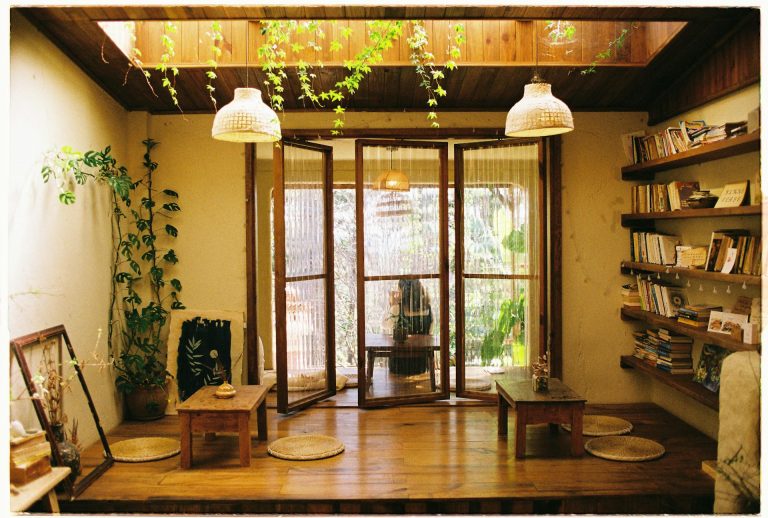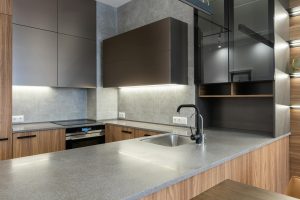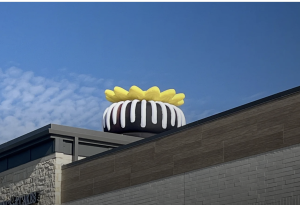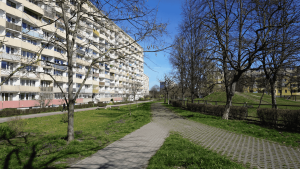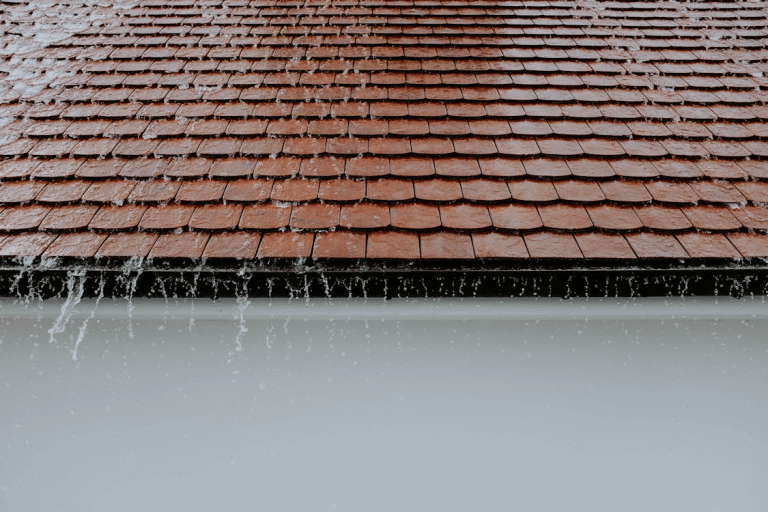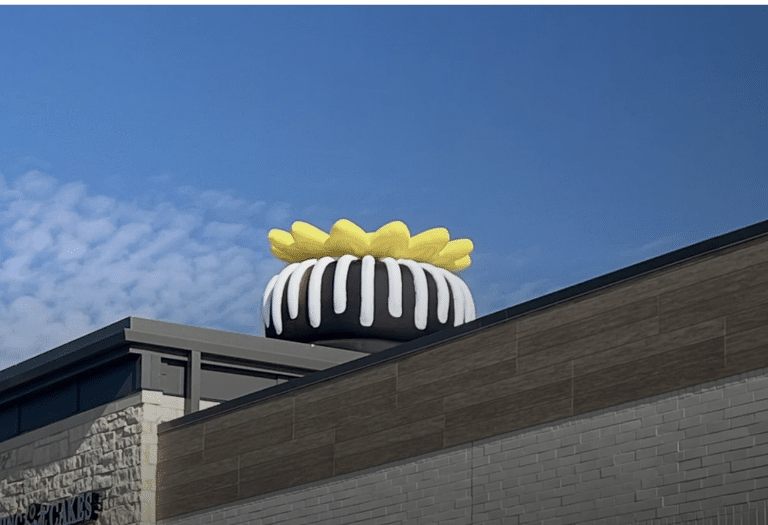Everything in your house is organized. Surfaces are clear. Yet somehow the place still feels stressful and chaotic in this vague way you can’t quite name. The issue might not be mess or clutter. It could be that literally everything surrounding you is synthetic, manufactured, mass-produced plastic trying to look like something it’s not.
Natural elements change how spaces feel, and the difference is weirdly profound once you notice it.
1. Actual Wood Versus Plastic Pretending To Be Wood
There’s real wood. Then there’s laminate plastic printed with a wood pattern, trying to fool you. Your brain isn’t fooled. Walk into a room with genuine natural wood and you feel it immediately. There’s warmth and texture that manufactured materials simply cannot replicate, no matter how advanced the printing technology gets.
Small amounts matter more than you’d think. You don’t need wood covering every surface like a cabin. Real wood furniture instead of particle board wrapped in vinyl. Actual wood shelves instead of plastic. Wood picture frames. These small bits scattered through spaces create visual warmth that transforms how rooms feel without requiring massive changes.
2. Plants Are Alive, And Your Brain Notices That
Plastic plants look realistic now. Doesn’t matter. Plants that are actually alive affect the room atmosphere differently from fake ones. They grow, they change, they need water and light. This living quality registers in your brain, creating a completely different feeling than static decorative objects provide.
Three houseplants strategically placed change a room’s entire vibe. You walk into spaces with living plants, and they feel welcoming. The same room without plants feels kind of dead and sterile. The shift is immediate and visceral once you start paying attention to it.
3. Daylight Connects You To Actual Outside Reality
Daylight changes all day long. Morning light feels different from afternoon, which feels different from evening. This shifting connects you to actual time passing and what’s happening outside. Artificial lights just stay the same all day and night. 9 am looks identical to 9 pm until your brain starts feeling weirdly trapped and disconnected.
Quit blocking your windows with heavy drapes or shoving furniture in front of them. Just let the sun in. You’ll notice your mood lifts, you sleep better at night, and your place stops feeling like some windowless bunker.
4. Different Textures Keep Your Brain Engaged
Smooth plastic surfaces everywhere create this sensory flatness that’s boring on a level you don’t consciously notice but affects you anyway. Natural materials bring texture variety. Rough woven baskets. Soft linen. Nubby cotton. Smooth stone. This tactile diversity adds subtle interest, making spaces more engaging.
All synthetic rooms feel lifeless in ways that increase background stress without you realizing why you’re uncomfortable. Adding natural texture variety through materials makes spaces feel richer and more comfortable to exist in for extended periods.
Conclusion
Humans evolved surrounded by wood, plants, sunlight, and varied natural textures. Stick us in synthetic boxes with plastic everything, no living things, artificial lighting, and uniform smooth surfaces everywhere, and we get stressed even when we can’t identify the cause. You don’t need a complete natural overhaul costing thousands. Get a few real plants. Add some actual wood pieces.
Maximize available daylight. Incorporate natural texture variety through small additions. These minor changes create surprisingly large effects on how calm your space actually feels when you’re living in it daily instead of just looking at it.


